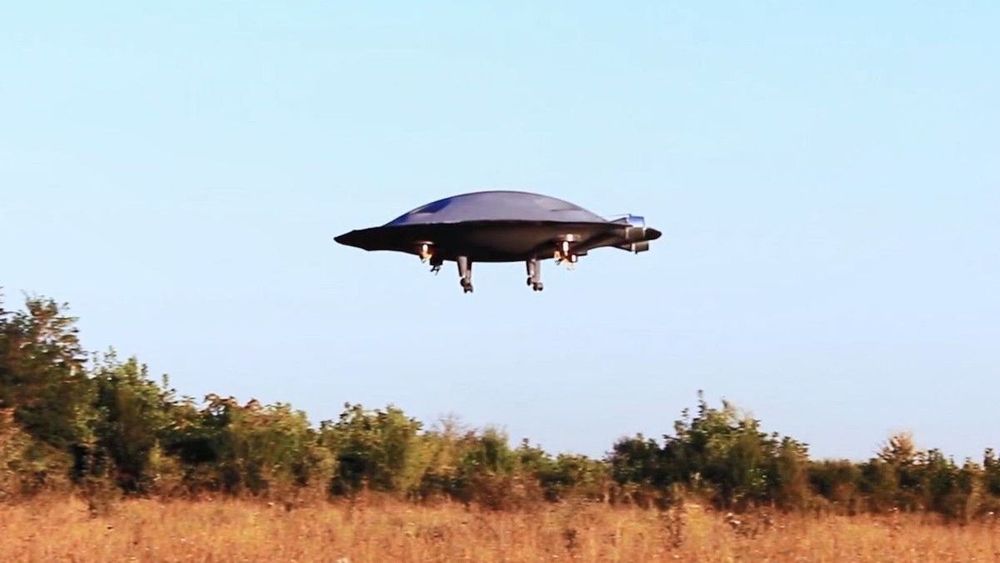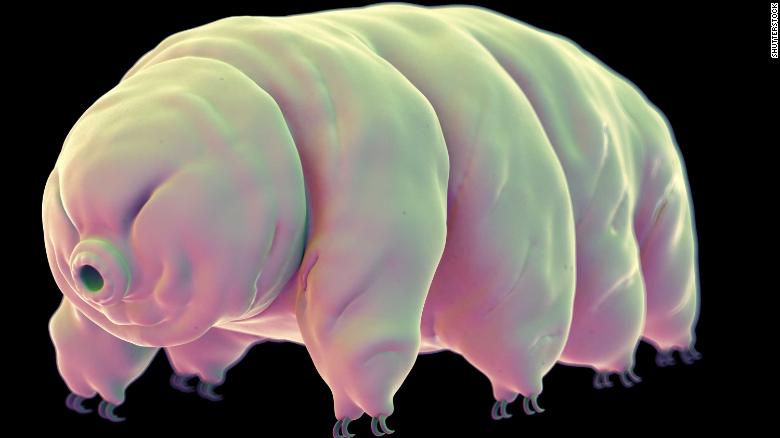We tend to think of AI as a monolithic entity, but it has actually developed along multiple branches. One of the main branches involves performing traditional calculations but feeding the results into another layer that takes input from multiple calculations and weighs them before performing its calculations and forwarding those on. Another branch involves mimicking the behavior of traditional neurons: many small units communicating in bursts of activity called spikes, and keeping track of the history of past activity.
Each of these, in turn, has different branches based on the structure of its layers and communications networks, types of calculations performed, and so on. Rather than being able to act in a manner we would recognize as intelligent, many of these are very good at specialized problems, like pattern recognition or playing poker. And processors that are meant to accelerate the performance of the software can typically only improve a subset of them.
That last division may have come to an end with the development of Tianjic by a large team of researchers primarily based in China. Tianjic is engineered so that its individual processing units can switch from spiking communications back to binary and perform a large range of calculations, in almost all cases faster and more efficiently than a GPU can. To demonstrate the chip’s abilities, the researchers threw together a self-driving bicycle that ran three different AI algorithms on a single chip simultaneously.









